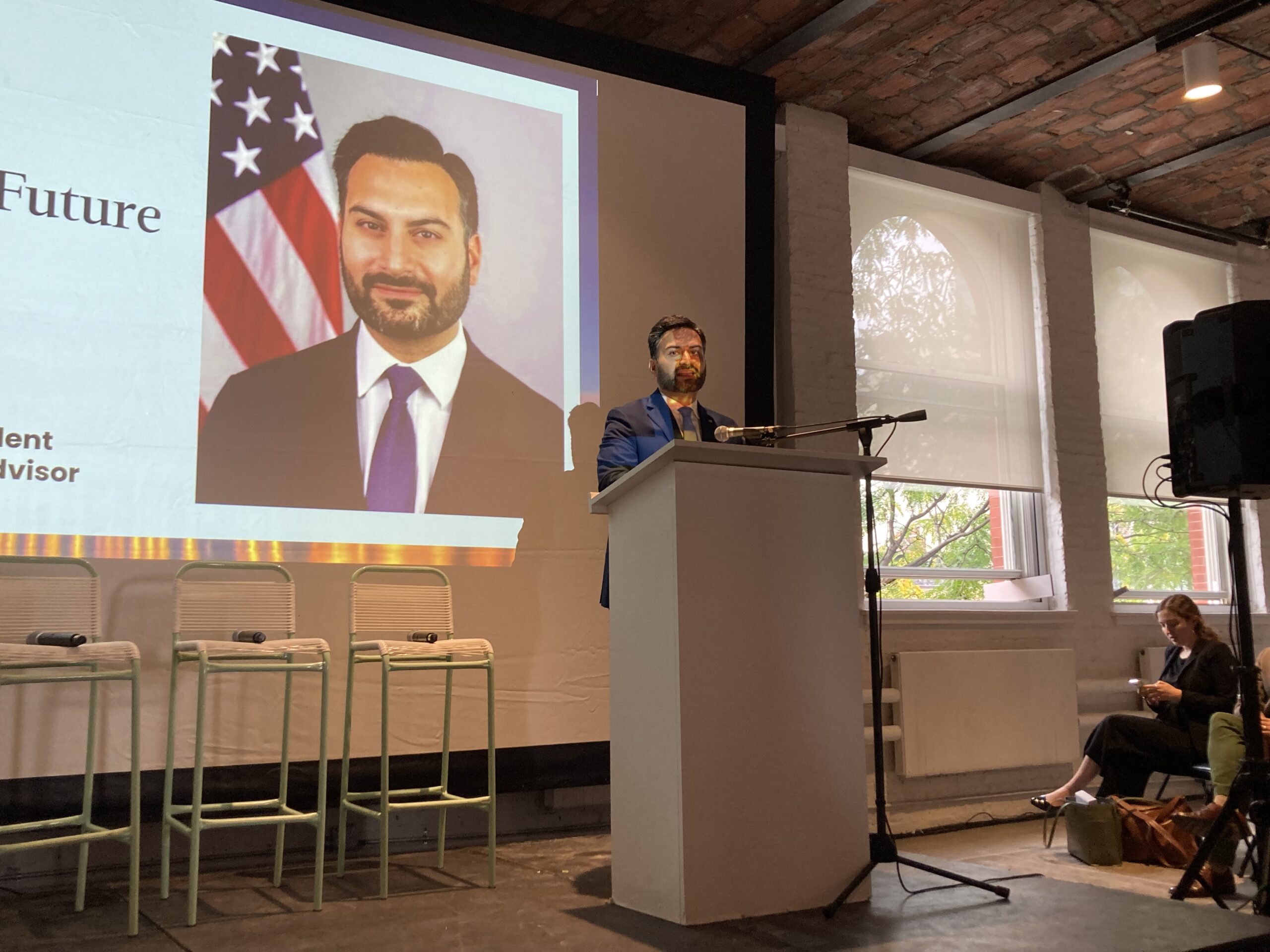By Melinda Rolls
By 2050, climate leaders in New York state are envisioning an era in which all the state’s electricity will come from carbon-free sources, eliminating almost all greenhouse gas emissions.
The burning of carbon fuels like coal, oil and natural gas produce greenhouse gases that have been widely linked to climate change.
The Climate Act
The Climate Leadership and Community Protection Act (the Climate Act), signed in 2019, set emission reduction targets to transition New York state off fossil fuels. The Climate Act mandates that New York decrease greenhouse gas emissions 40% by 2030 and 85% by 2050 from 1990 levels.
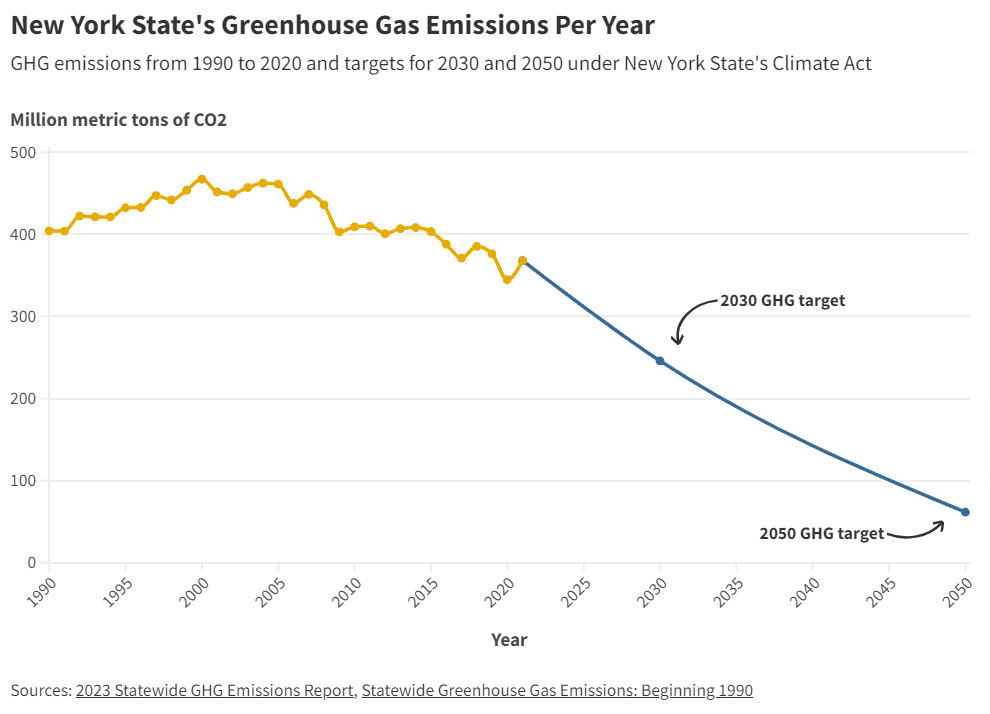
Disadvantaged communities
To gather feedback on implementing the Climate Act, New York state has hosted a series of virtual panels in the past year.
Monique Fitzgerald, a climate justice organizer at the Long Island Progressive Coalition, spoke at the most recent panel on Sept. 19. Fitzgerald stressed the importance of investing in disadvantaged communities and discussed the environmental pollution in her own North Bellport neighborhood.
“[I’m] living next to a 50-year-old, 270-foot landfill in Brookhaven,” Fitzgerald said during the panel.
The Brookhaven landfill “has been a monument of environmental racism on Long Island,” said Ryan Madden, climate and energy campaigns director at the Long Island Progressive Coalition.
The predominantly Black and Latino neighborhood of North Bellport has the lowest life expectancy on Long Island. North Bellport is one of 35 disadvantaged communities on Long Island and 1,700 other neighborhoods in the rest of New York that have been guaranteed to receive extra funding under the Climate Act.
The act requires that disadvantaged communities receive a minimum of 35%, with a goal of 40%, of spending on clean energy and energy-efficiency programs.
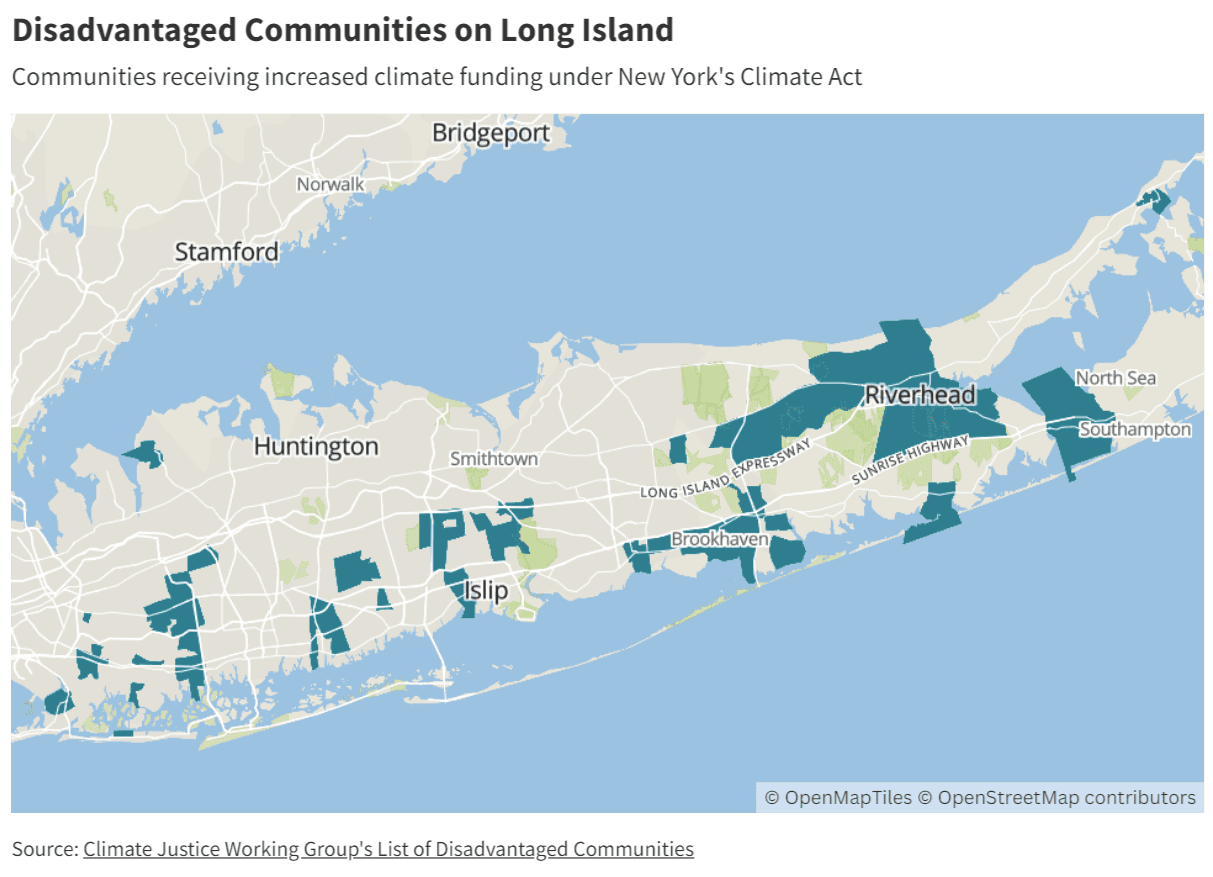
The state’s criteria for disadvantaged communities considers factors such as climate-related risks, including flooding or extreme heat, and several socio-economic factors, including race, ethnicity and income.
According to Madden, disadvantaged communities such as North Bellport may have less means to push back on harmful environmental projects. “You can have White, affluent places more easily run ‘not in my backyard campaigns,’ said Madden. “Then this lands on communities…that don’t have the time or energy because of all of these systematic inequalities to fight back in the same way.”
The Climate Justice Forum
To discuss New York’s progress in transitioning to an emission-free future, the second annual Climate Justice Forum in Queens featured local and national environmental justice leaders. The forum was held on Sept. 24 in Long Island City at the Museum of Modern Art PS1.
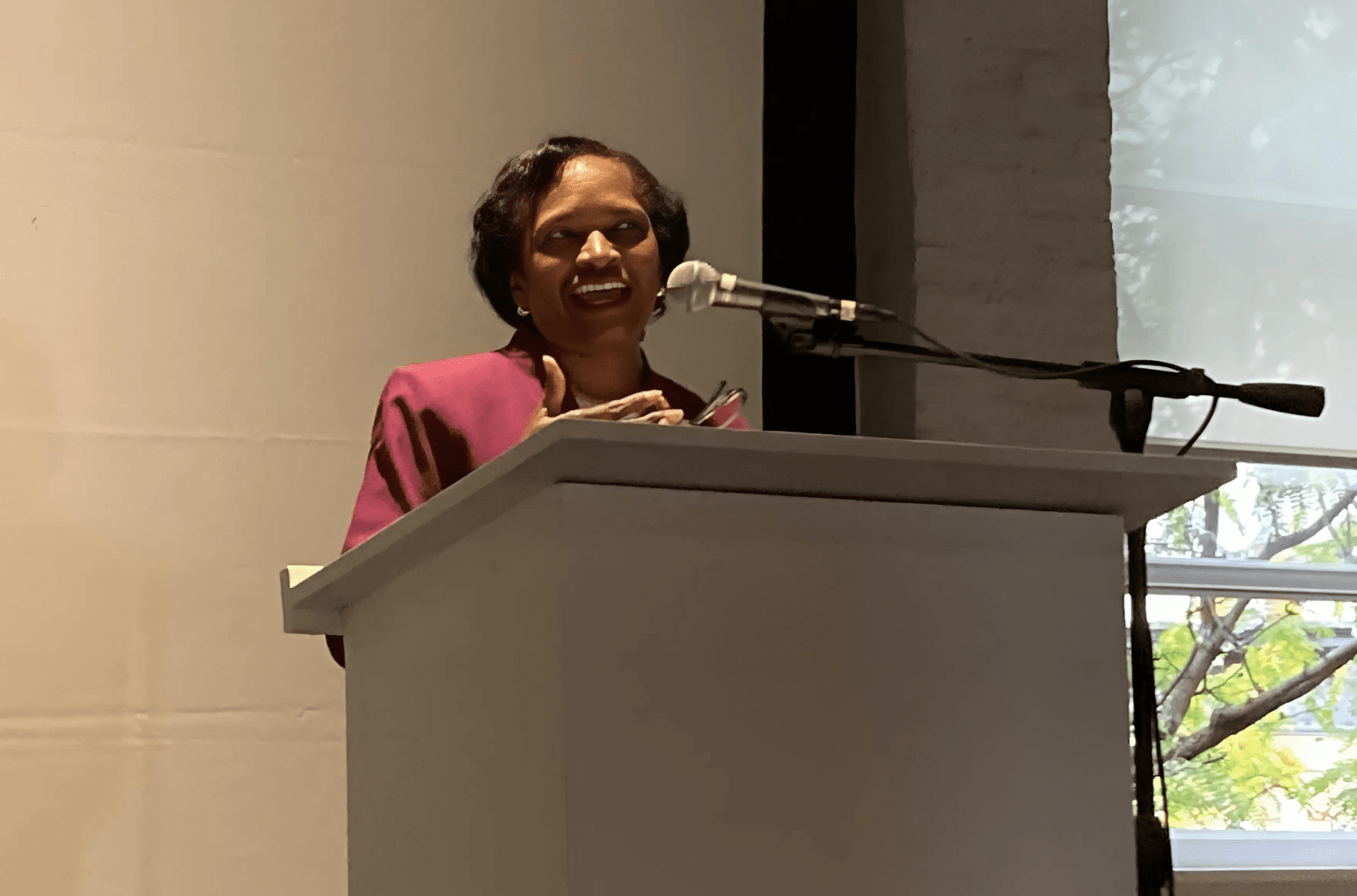
National climate leaders discussed the Biden administration’s Justice40 Initiative, which takes a similar approach to New York’s climate funding. The program requires federal agencies to deliver at least 40% of benefits from federal investments to disadvantaged communities.
“This administration is deploying more than $600 million in programs that are part of the Justice40 initiative,” said Brenda Mallory, White House Council on Environmental Quality chair, during the forum.
“We see injustice and an opportunity to fix it,” said Ali Zaidi, assistant to the president and national climate adviser, during the forum. “We all know that it’s not justice when it’s hotter in communities that have been redlined, a product of historically racist housing policies, because there’s more pavement and fewer trees.”
Zaidi also highlighted plans to integrate more clean power into the nation’s electricity grid, saying that this year 96% of the power added will be generated from renewable sources.
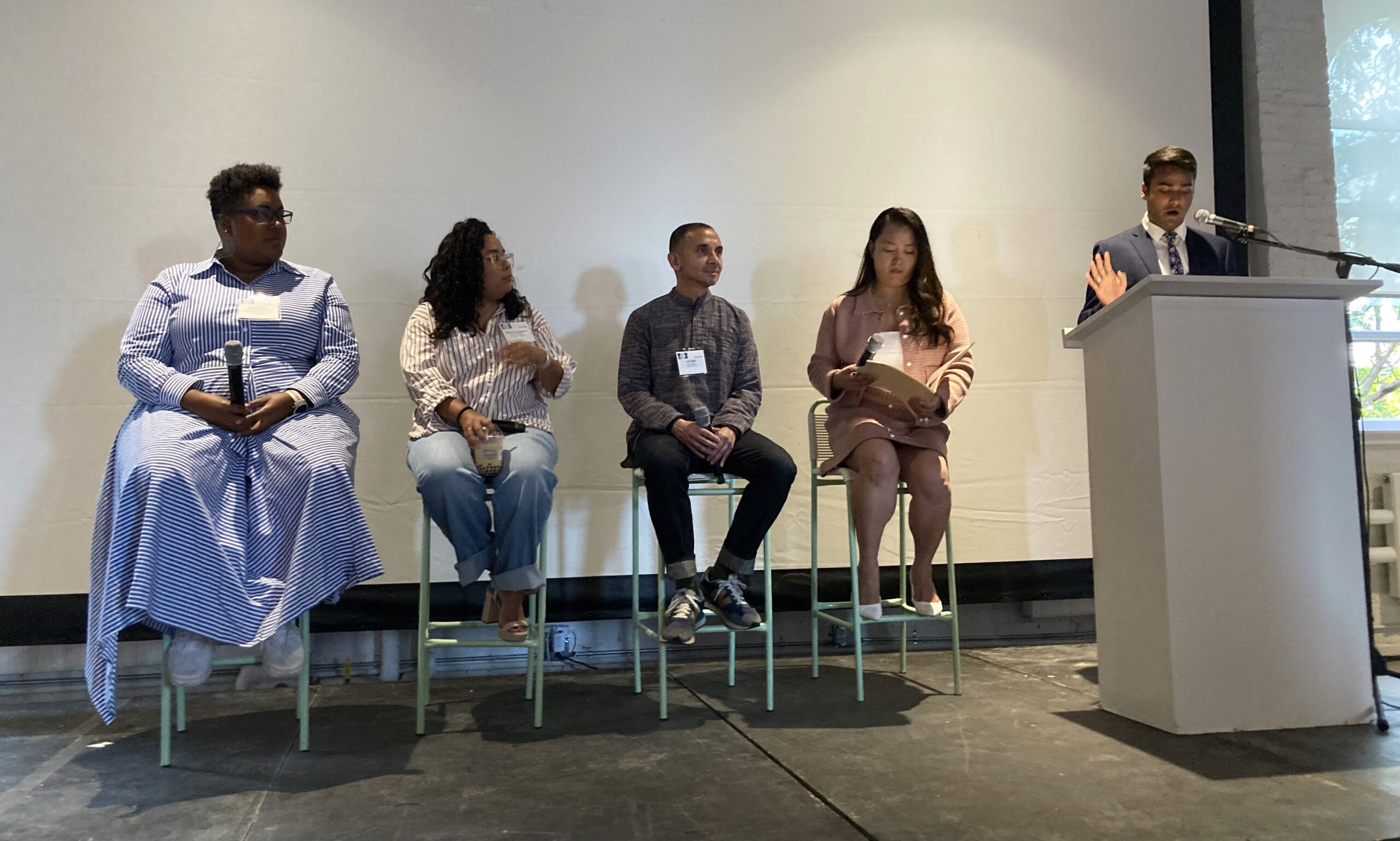
Concerns about climate targets
To reach its targets for greenhouse gas emissions, the Climate Act calls for New York state to obtain 70% of its electricity from renewable energy by 2030.
However, there are concerns that New York is far from meeting this target. As of 2022, less than 30% of electricity generation in New York came from renewable energy.
State officials concluded in a July report that New York would likely fail to meet the 2030 renewable energy mandate, and that delaying the timeline to 2033 or beyond could be “unavoidable.”
An August 2024 report by the New York Lawyers for the Public Interest and the New York Renews concluded there is “widespread noncompliance” with the Climate Act by almost all state agencies.
The report found that state agencies have made at least 26,454 decisions and authorized over $1.9 billion in clean energy spending, all without conducting the necessary screenings to ensure protection for disadvantaged communities and climate targets.
“This governor and this administration have simply not absorbed that this is going to require a massive, coordinated, all-government approach to achieving the mandates of the climate law,” said Justin Wood, director of policy at NYLPI.
The report focused its investigation into top-funded state agencies, including the departments of Health, Education, Transportation and Empire State Development.
According to Wood, the NYLPI is sending letters to the agencies to inform them of the findings and encourage further discussion on the mandates.
“This is a report that we obviously didn’t want to have to publish; we’d much rather be writing a headline that says the state is on track to meet its climate goals and lead the nation in tackling climate change and creating green jobs,” Wood said. “That’s unfortunately not the report we were led to by the data.”
